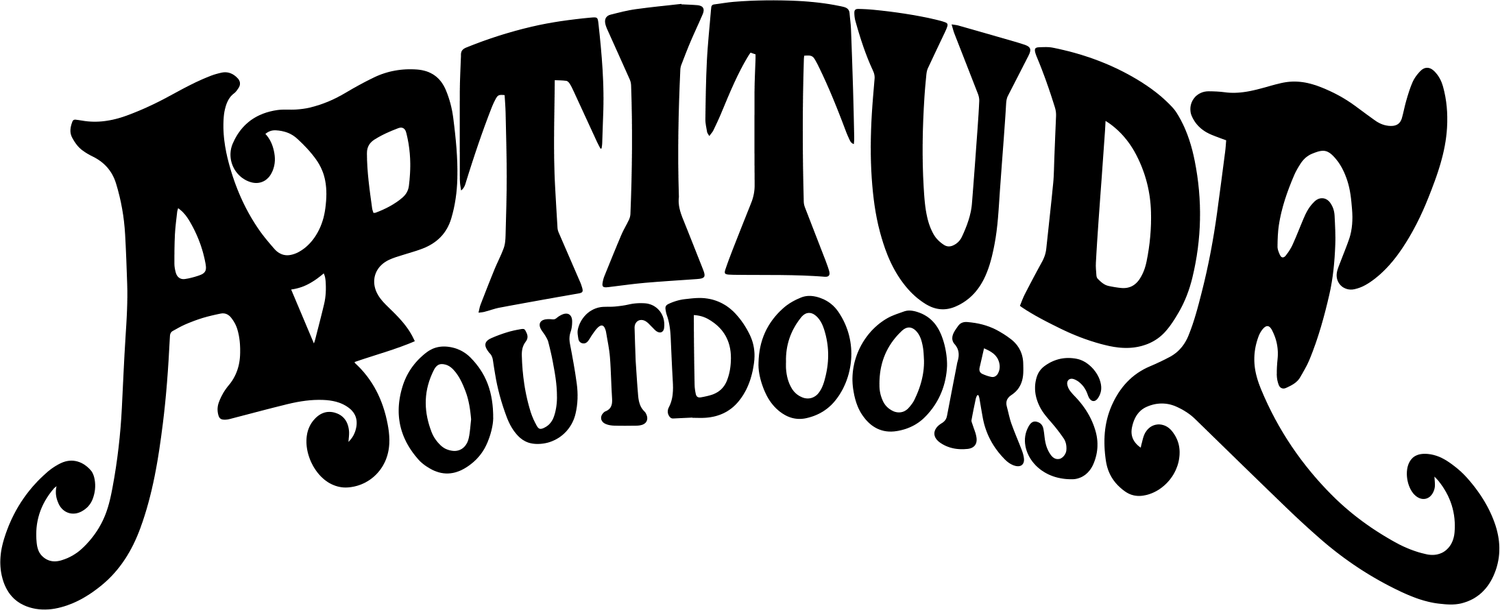Understanding Coyote Management: Insights from Human Wildlife Conflict Expert Mikayla Killam
Coyotes are an integral part of our ecosystem, playing a crucial role in maintaining ecological balance. However, when their presence leads to conflicts with human activities, effective coyote control becomes necessary. Mikayla Killam, a Human Wildlife Conflict Expert, sheds light on the complexities of coyote management and the importance of balancing control measures with conservation efforts.
The Role of Coyotes in the Ecosystem
"Not every coyote is a bad coyote," states Mikayla Killam. Coyotes are territorial animals that serve important ecological functions. When they are simply occupying their territory without causing any harm, it's beneficial to let them be. However, issues arise when coyotes encroach on areas where their activities conflict with human interests, such as livestock or pets.
When is Coyote Control Necessary?
Mikayla emphasizes that identifying the need for coyote control requires careful observation and monitoring. Landowners should first assess the extent of the damage and determine whether coyotes are indeed the culprits. This involves monitoring property with game cameras and evaluating carcasses to confirm coyote predation.
"If you know it's a coyote causing the damage, there are several actions you can take," says Mikayla. This includes setting up snares, using deterrents, and considering chemical options. The key is to use targeted and regulated methods to avoid unnecessary harm to non-target species.
Effective Predator Management Techniques
For effective predator management, Mikayla highlights a range of options:
Trapping: Using snares and leg-hold traps can be effective for controlling coyote populations.
Deterrents: Livestock guardian dogs and various fencing options can help protect livestock from coyote attacks.
Chemical Control: Regulated use of chemicals like compound 1080 in livestock guardian collars or sodium cyanide devices can specifically target predatory coyotes.
Mikayla stresses the importance of professional involvement in deploying these methods to ensure success and minimize unintended consequences.
Conservation and Ethical Considerations
Balancing predator control with conservation is a recurring theme in Mikayla's approach. She points out that indiscriminate control measures can lead to ecological imbalances and ethical concerns. Instead, informed decisions based on scientific data and monitoring are crucial.
"All you can do with public perception is education," Mikayla explains. Educating the public about the ecological role of coyotes and the necessity of certain control measures helps foster a more balanced view. Moreover, understanding the reproductive patterns of both predators and prey can guide more effective and ethical wildlife management practices.
The Importance of Data-Driven Decisions
Having accurate data is fundamental to making informed management decisions. Mikayla underscores the need for continuous monitoring and documentation of wildlife populations and their impacts. This data not only aids in making timely and effective decisions but also helps in communicating the necessity of those decisions to the public.
For instance, analyzing trends in deer populations and understanding predator-prey dynamics can reveal whether coyote control is needed or if natural predation should be allowed to maintain ecological balance.
Conclusion
Mikayla Killam's expertise in human-wildlife conflict provides valuable insights into the intricate balance of coyote management. By emphasizing targeted control measures, ethical considerations, and the importance of education and data, she advocates for a holistic approach to predator management that supports both human interests and conservation goals. As we continue to coexist with these vital predators, informed and responsible management practices will ensure a sustainable and balanced ecosystem.

